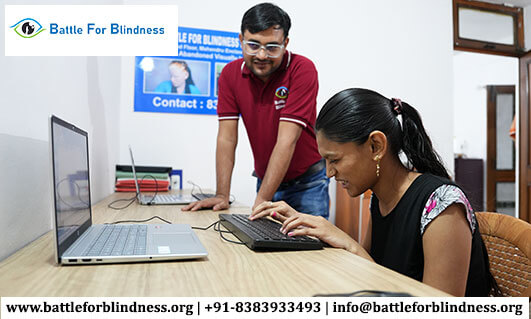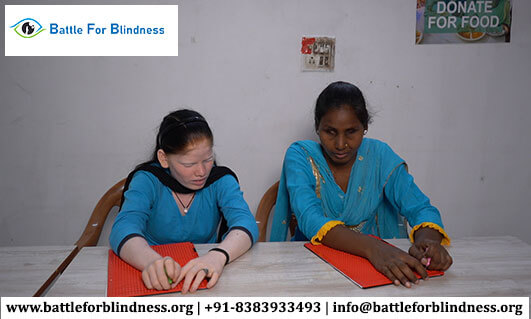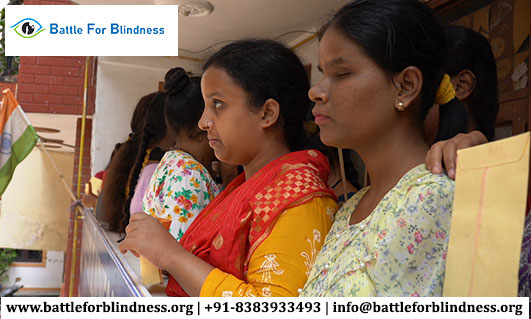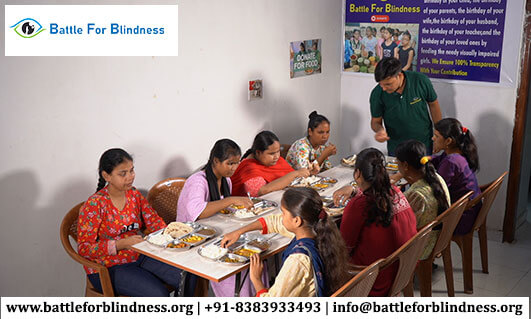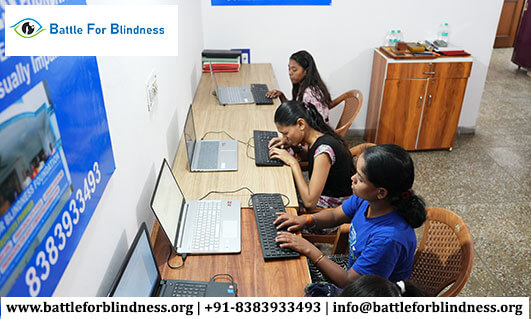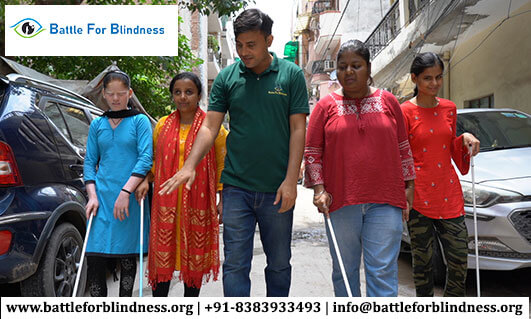No, being visually deficient is not a curse. While it is true that living with a visual impairment presents unique challenges, it is important to understand that having a visual deficiency does not diminish a person’s worth or potential.
Visual impairment refers to a range of conditions that affect an individual’s vision, from partial sight to complete blindness. These conditions may impact daily activities that heavily rely on vision, such as reading, navigating, or recognizing faces. However, advancements in technology and accessibility have significantly improved the lives of visually impaired individuals, offering tools and resources to help overcome these challenges.
For instance, assistive technologies like screen readers, magnification software, and Braille displays enable visually impaired individuals to access information, communicate, and engage with digital devices. Accessibility measures, such as tactile paving, audio announcements in public spaces, and inclusive design, aim to create an inclusive environment for everyone.
Moreover, Braille, a system of raised dots that can be read with the fingertips, provides visually impaired individuals with the means to read and write independently. This empowers them to pursue education, engage in literature, and participate in various professional fields.
It is important to approach visual impairment with empathy and support. Society should prioritize inclusivity by ensuring equal access to education, employment opportunities, public spaces, and technology. By promoting understanding and providing necessary accommodations, we can create an environment that fosters the full participation and integration of visually impaired individuals.
It is worth noting that visually impaired individuals have accomplished remarkable feats in various fields, including arts, sciences, sports, and advocacy. Their resilience, adaptability, and unique perspectives contribute to the diversity and strength of our society.
In conclusion, visual impairment is not a curse. While it may present challenges, it is crucial to recognize and respect the capabilities and potential of visually impaired individuals. With inclusive attitudes, accessible environments, and ongoing advancements in technology, we can ensure that visually impaired individuals have the opportunity to lead fulfilling lives and make valuable contributions to our communities.
Strategies to address eye conditions to avoid vision impairment
Addressing eye conditions and taking proactive measures can help prevent or manage vision impairment. Here are some strategies to consider:
Regular eye exams
Schedule routine eye examinations with an optometrist or ophthalmologist. These professionals can detect early signs of eye conditions and provide appropriate treatment or interventions.
Maintain a healthy lifestyle
Adopting a healthy lifestyle can promote good eye health. Eat a balanced diet rich in fruits, vegetables, and omega-3 fatty acids. Stay hydrated, exercise regularly, and avoid smoking, as smoking has been linked to an increased risk of certain eye conditions.
Protect your eyes
Wear protective eyewear, such as safety glasses or goggles, when engaging in activities that may pose a risk to your eyes, such as playing sports, working with hazardous materials, or using power tools. Additionally, use sunglasses that offer UV protection to shield your eyes from harmful sun rays.
Practice proper eye hygiene
Follow good eye hygiene practices to reduce the risk of infections. Wash your hands thoroughly before touching your eyes, avoid rubbing your eyes excessively, and regularly clean contact lenses as directed.
Take regular breaks from screens
Prolonged screen time can strain your eyes. Practice the 20-20-20 rule: Every 20 minutes, take a 20-second break and look at something 20 feet away. This helps reduce eye fatigue and strain.
Use adequate lighting
Ensure proper lighting when reading, working, or engaging in activities that require visual focus. Avoid excessive glare and adjust lighting conditions to reduce eye strain.
Maintain proper distance and posture
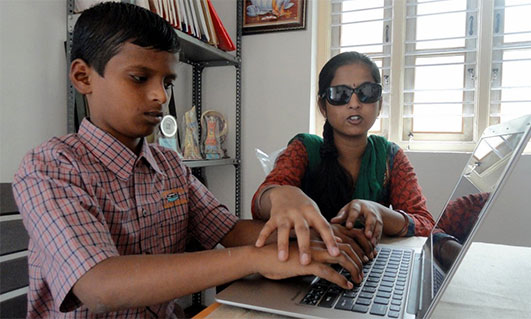
Maintain a comfortable distance from screens or reading materials to reduce eye strain. Sit in a posture that supports good eye alignment and avoid holding screens too close to your eyes.
Follow prescribed treatments
If you have an existing eye condition or vision impairment, follow the prescribed treatments and recommendations provided by your eye care professional. This may include medications, eye drops, corrective lenses, or other interventions specific to your condition.
Be aware of family history
Some eye conditions have a genetic component. Be aware of your family’s eye health history, as it may help identify potential risks or conditions that require closer monitoring.
Stay informed and seek professional advice
Stay informed about common eye conditions, symptoms, and risk factors. If you experience any changes in your vision or eye health, seek prompt professional advice to address concerns and prevent further complications.
Remember, these strategies are general recommendations, and it is essential to consult with an eye care professional for personalized advice based on your specific needs and circumstances.
The Constitution guarantees the rights of children, women, and people with disabilities, and these rights are valid and essential. It is crucial for us to actively exercise these rights in real-life situations and ensure that visual impairment does not hinder our progress,” she emphasized.
Emphasizing the abundance of opportunities available to everyone, she remarked, “The circumstances for visually impaired individuals are not as dire as they used to be. There has been improvement, and we must seize the emerging opportunities
